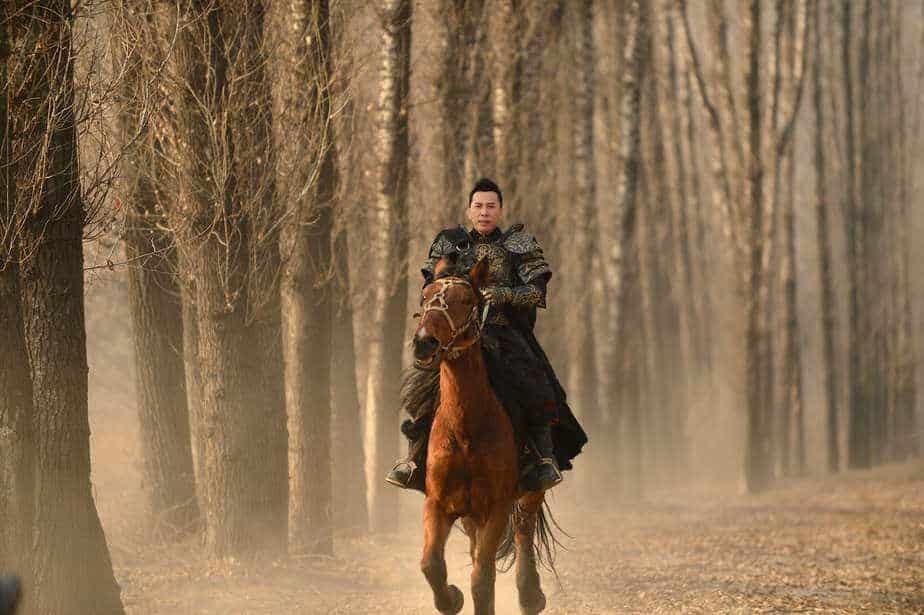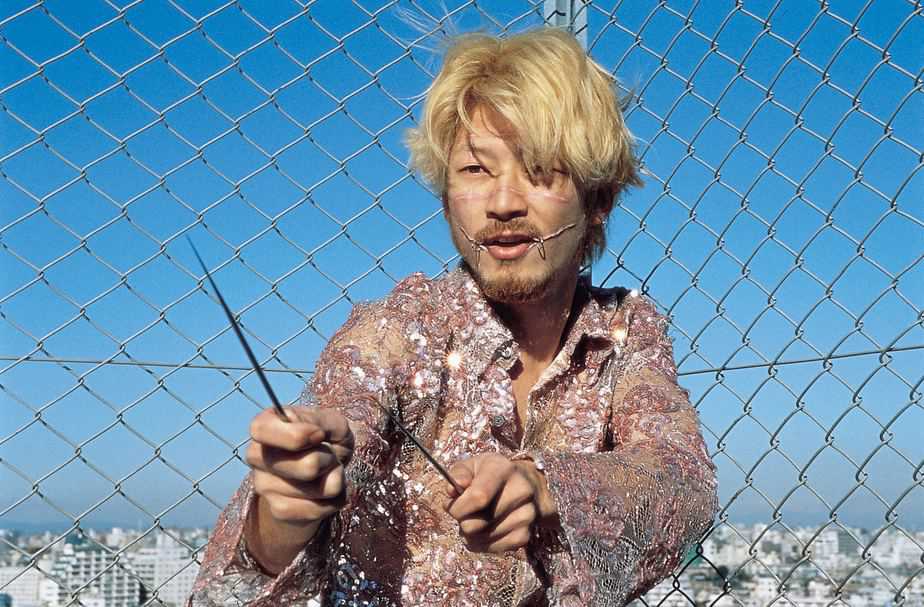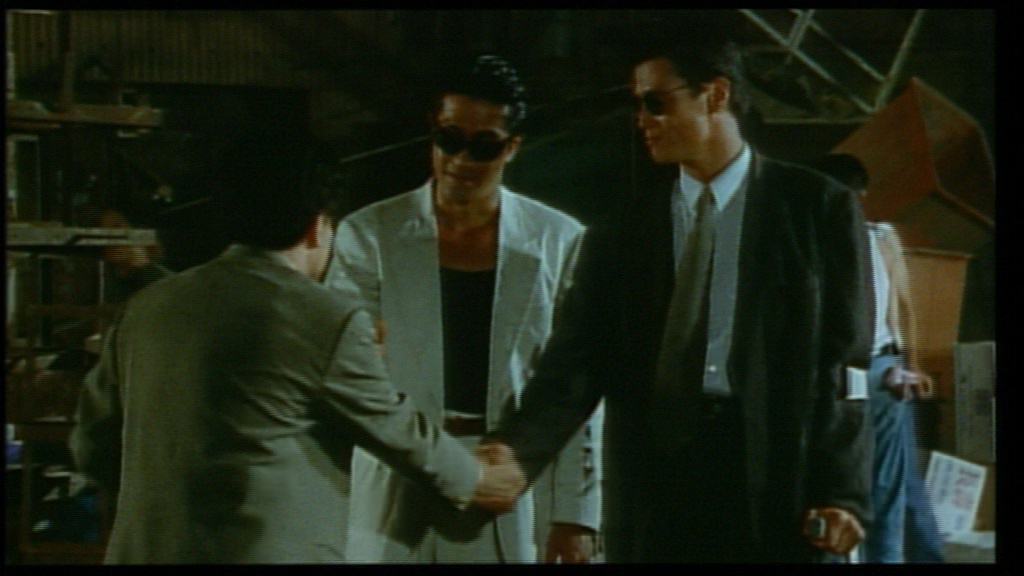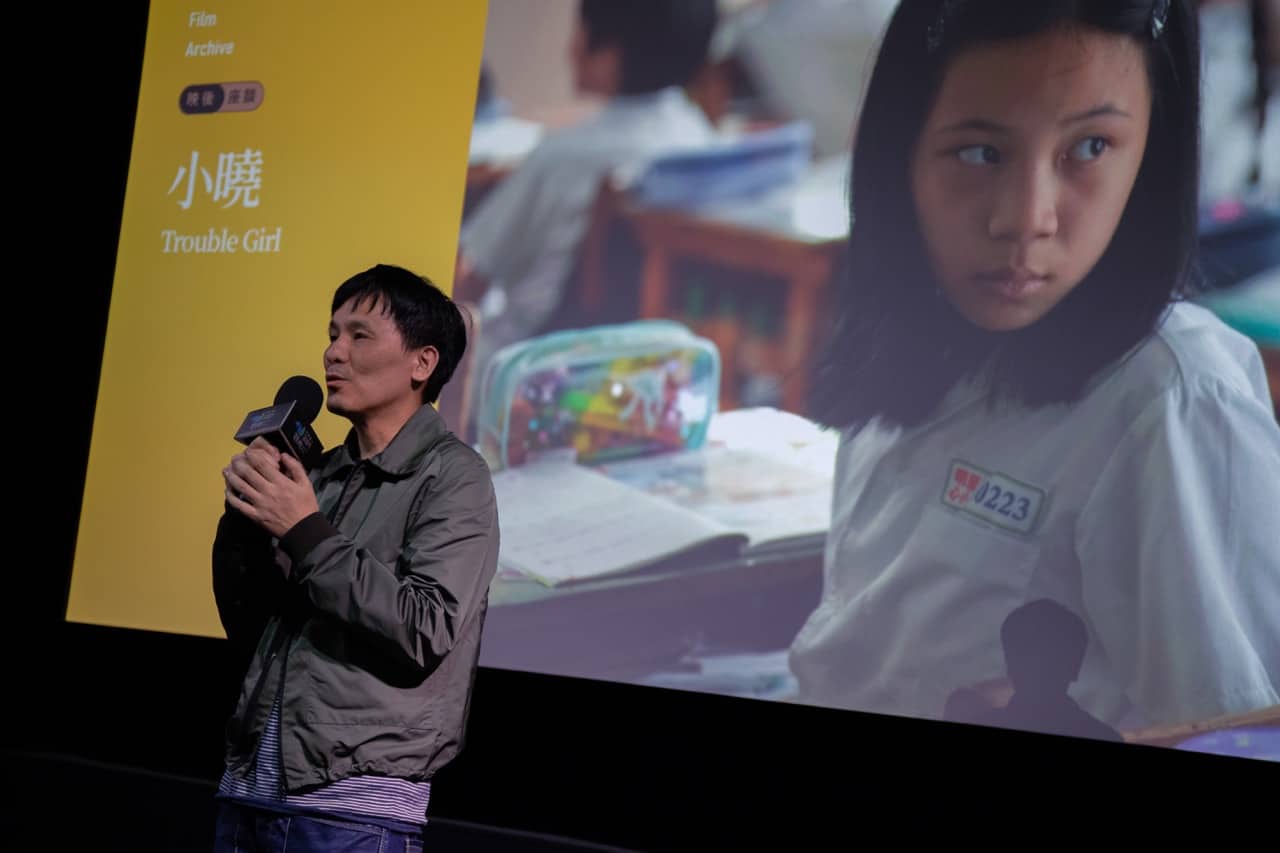11. The Bare-Footed Kid (1993)

Fans of classic martial arts films of the 70s and 80s, particularly those coming out of the Shaw Bros. studio, will be no stranger to the story that's at the crux of “The Bare-Footed Kid”. While Yau Nai-hoi's script can be described as a loose adaptation of the 1975 classic at best, it is essentially a coming-of-age tale infused with romance and melodrama and the lead character loosing his innocence and naivety in the worst ways possible. It rests on the theme of redemption which plays a big part of not just Guan's journey but also that of Duan Qingyun, who is the centre of attention in the latter half. Guan's bare feet and the shoes he subsequently wears act as a subtle metaphor for status and loss of innocence which is effectively done, particularly in an important climactic scene. (Rhythm Zaveri)
Watch This Title

12. Loving You (1995)

Johnnie To directs a film that is split in three parts. The first part includes all the elements of a distinct action/crime movie, with To's prowess in the genre being more than evident in pace, camera movement, and the overall setting of the action, which in this case, includes large amounts of bloodshed. The middle part, on the other hand, is much slower, and, although it allows for much character analysis, somewhat cheesy. The main source of this last aspect is the music, which tries to force a kind of sentimentalism that seems completely out of place on occasion. Some brief moments of subtle humor tone this aspect down a bit, but in general, the dramatic part of the movie feels disconnected from the rest of the narrative, particularly since the last part turns to crime action again. The same applies to the overall comment deriving from the middle section, which seems to state that marital bonds can be very strong, even in the face of logic, particularly if love is (was?) involved. (Panos Kotzathanasis)
Watch This Title
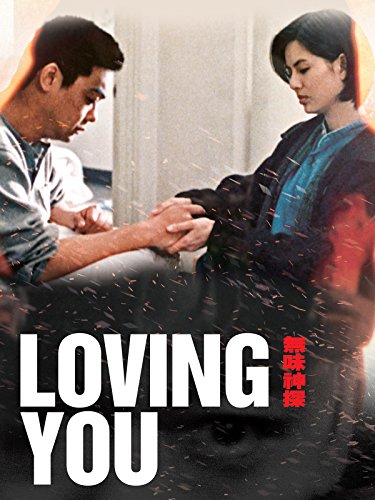
13. Lifeline (1997)
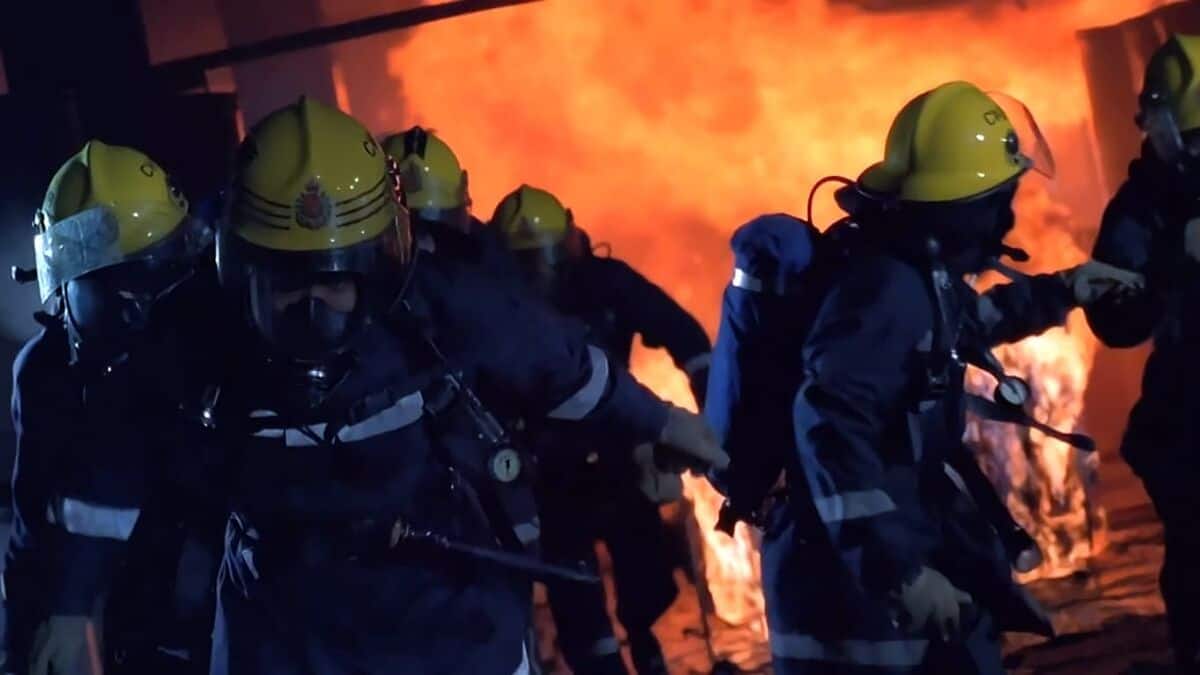
Male-bonding is the big topic of this movie. Like in “The Mission” (1999) and “PTU” (2003) Johnnie To fetishizes his admiration for uniformed men. The story provides context for more realism in terms of portraying heroism than his former cop vs. gangster movies. The firemen (and firewoman) are more vulnerable and thoughtful. “Lifeline” offers a social look at the fire department and tries to give an honest portrait of firefighters caught between the contradictions of public service and personal lives. Two-thirds of the film are about the fundamental representation of the characters and their life-saving efforts. All the action happens in the last third. Here, To shoots a neverending fire sequence, in which the brigade is called into action to join other firefighters to put out a huge fire in a factory set off by a pyromaniac, who is played by Lam Suet (“Kung Fu Hustle” 2004). The dramatic sequence is one of the lengthiest To has ever filmed. In fact, this sequence refers to a real event that happened only one month prior to the release of the film. The Garley Building fire was one of the worst fire disasters in the history of Hong Kong and occurred in November 1996, killing 39 people. (Alexander Knoth)
Watch This Title
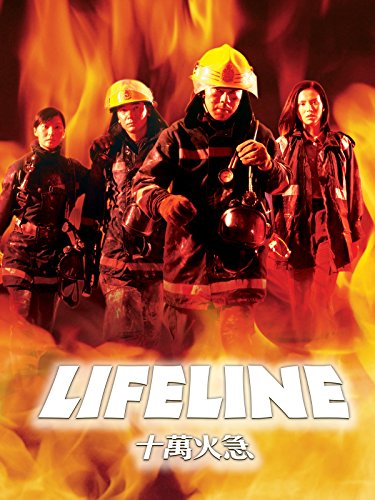
14. The Longest Nite (1998)

In that fashion, it is quite difficult to follow what is actually going on with the story, since both the events and their reasoning are illogical, to the point of surrealistic, despite the fact that the finale somewhat justifies almost everything. In that setting of many plot twists and unlikely intentions, the main element of the narrative is the antagonism between Sam and Tony about who has the upper hand, who will frame the other, and in essence, who will be the most violent and the coolest. This approach benefits the narrative to the most, with the constant changes of the upped hand, the mystery of who is pulling the strings behind them, and the clash that seems inevitable, inducing the film with a sense of agony and angst, that actually carries it for the whole of its 84 minutes. Furthermore, both Ching Wan Lau as Tony and Tony Leung Chiu Wai as Sam give very fitting performances that border on the cult (when witnessed now at least), in another of the movie's best traits. (Panos Kotzathanasis)
Buy This Title

15. A Hero Never Dies (1998)
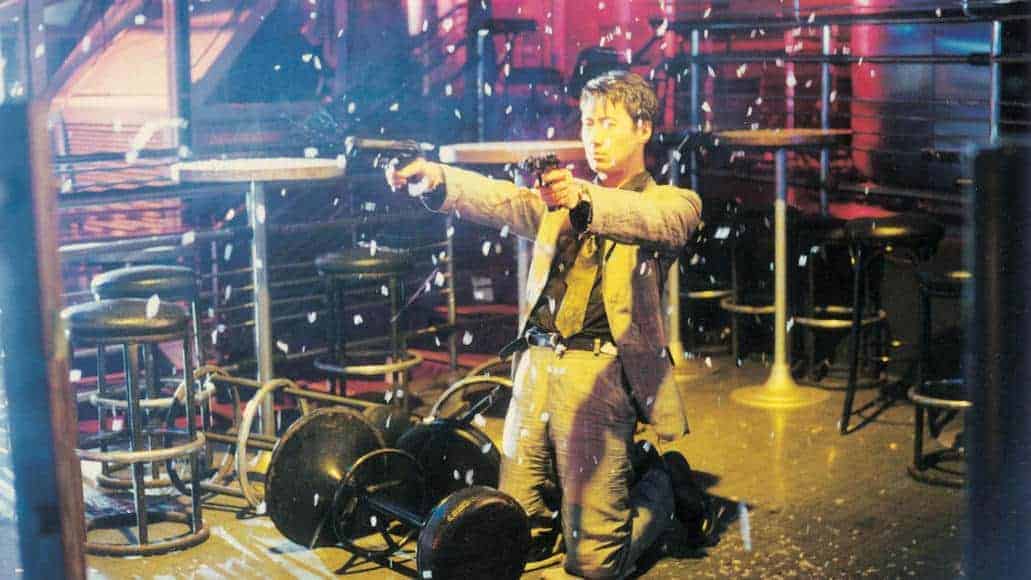
Johnnie To directs a very stylish noir, filled with action, playfulness, drama and nostalgia in equal measures. The pace, courtesy of Chan Chi-wai's editing is relentless and carries for almost the whole film, even the rather dramatic parts. To's knack in directing visually captivating action scenes is highlighted as much as possible here, with the scenes in the bar (which is also the main source of playfulness in the film), the shootout between the two gangs, the one in the hospital and most of all, the finale, being magnificent. In that regard, one can only marvel at Siu Keung Cheng's cinematography, as he realizes To's imagination in the most artful and impressive fashion. (Panos Kotzathanasis)
Buy This Title

16. Running Out of Time (1999)

Whereas for example “The Mission” seems heavily influenced by European gangster film, most prominently the cinema of Jean-Pierre Melville, “Running Out of Time” is more in line with the American heist thriller. Since To's film starts by establishing the terminal condition Andy Lau's character suffers from, the issue of time becomes the central theme of this film, both thematically and formally. As the story progresses, any viewer will notice the carefully-laid out plan staged by Lau's character with each step dependent on impeccable timing and people playing their roles, wearing masks or behaving as foreseen by him. Besides playing the drama of a man “running out of time”, emphasized by his decreasing condition and scenes in which he spills blood, Lau is visibly delighted to play what is essentially a human chameleon. (Rouven Linnarz)
Buy This Title

17. The Mission (1999)
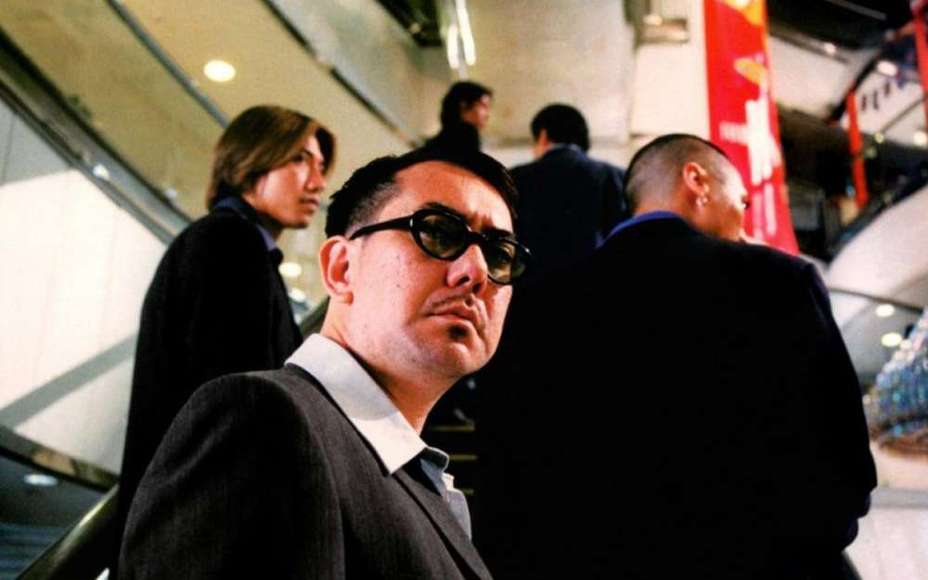
In general, the worlds that To creates in his films are defined by codes, deception and a certain cold elegance fitting to the parallel world his characters occupy. At the same time, To's style of narration and Nai-Hoi Yau‘s script are structured of a sometimes elliptical, clever structure as indicated by the opening scene showing James leaving a game parlor. As he walks though the populated nocturnal streets of Hong Kong, we experience seemingly banal insights into the daily life of the shop owners, people who we will soon get to know as the band of bodyguards Frank hires, along with James, to protect his boss. Essentially, this narrative ploy, a technique To is quite fond of, considering he uses it a lot in his body of work, hints at the connection of these men as well as their existence in the underworld.
Watch This Title
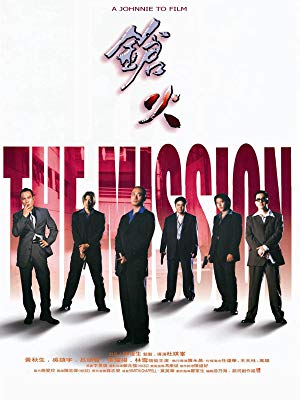
18. Where a Good Man Goes (1999)
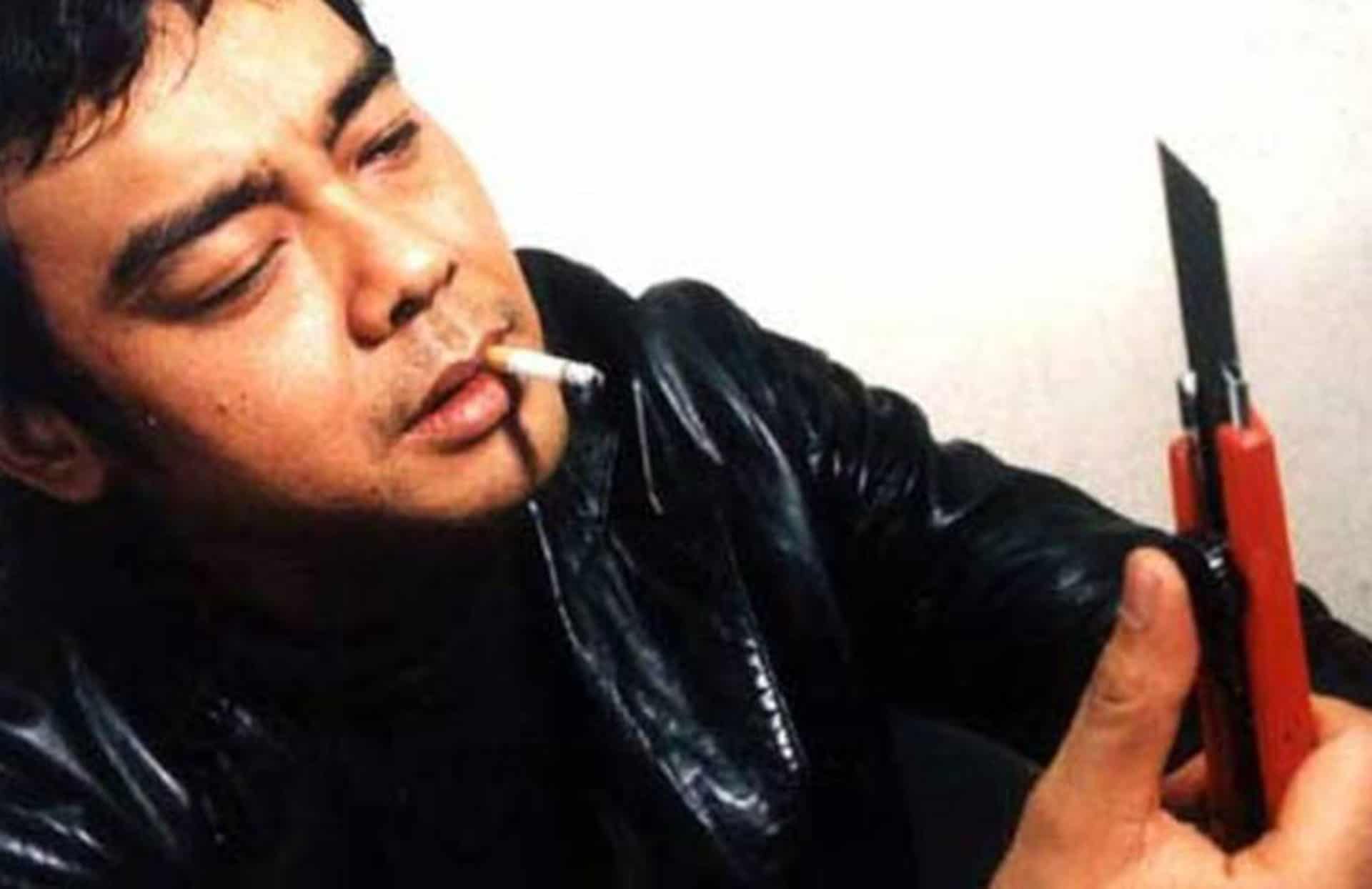
Johnnie To tries to combine the family drama with the triad film here, through the cliche concept of the former convict who tries to rehabilitate against all odds, in a way, though, that works well for the most part. One of the main reasons is the antithetical chemistry of the two protagonists, whose demeanor is essentially opposite, as June exhibits a dignified laconicness and Michael a loud-mouth lack of any kind of patience. This antithesis, however, also highlights their common characteristics, as they found themselves in dead-end points in their lives, which are instigated more from the people around them than their own actions. This element benefits the most by the acting, with Lau Ching-Wan presenting a larger than life individual with gusto and Ruby Wong emitting a sense of measure from every scarce word and movement, which makes the moments where she breaks her “routine” even more impactful. (Panos Kotzathanasis)
Buy This Title
on Amazon by clicking on the image below

19. Fulltime Killer (2001)
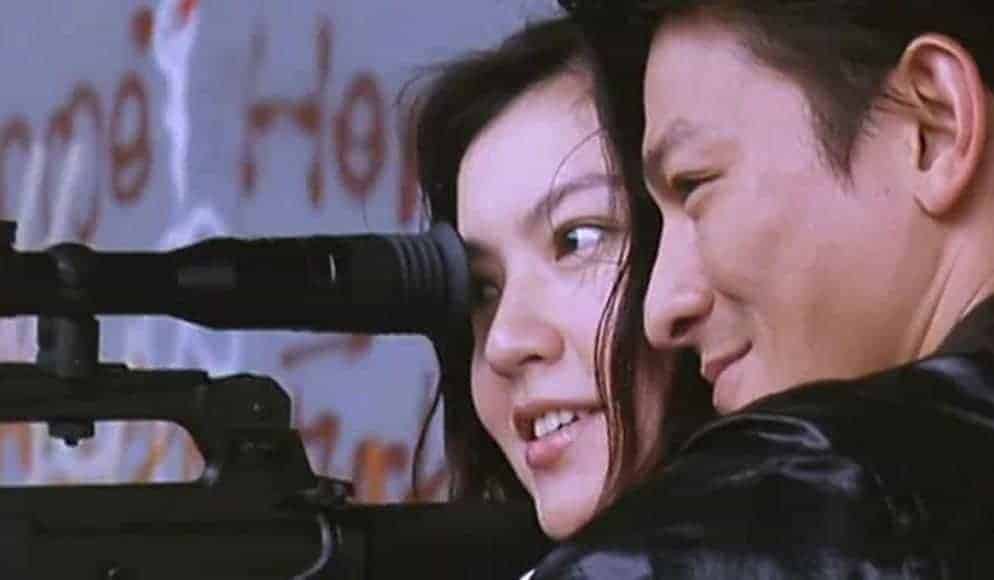
Although Johnnie To's films have always shown a certain awareness of their genre foundation, resulting in at times playful and very artful sequences and projects, “Fulltime Killer” seems to be quite different in that regard. O and Lok Tok-Wah are constructed as two archetypes of the assassin-figure as we know it from popular culture, with the one being the loner-figure while the other showing an almost devilish delight and showmanship when it comes to his work. Especially Andy Lau shines in his performance as a killer, inspired by various movie references he points out directly to others and even stages his murders in a way reminiscent of Hollywood action blockbusters. On the other hand, Takashi Sorimachi's character often seems more similar to the killer-figure as common in European cinema or film noir. (Rouven Linnarz)
Buy This Title

20. Love On A Diet (2001)
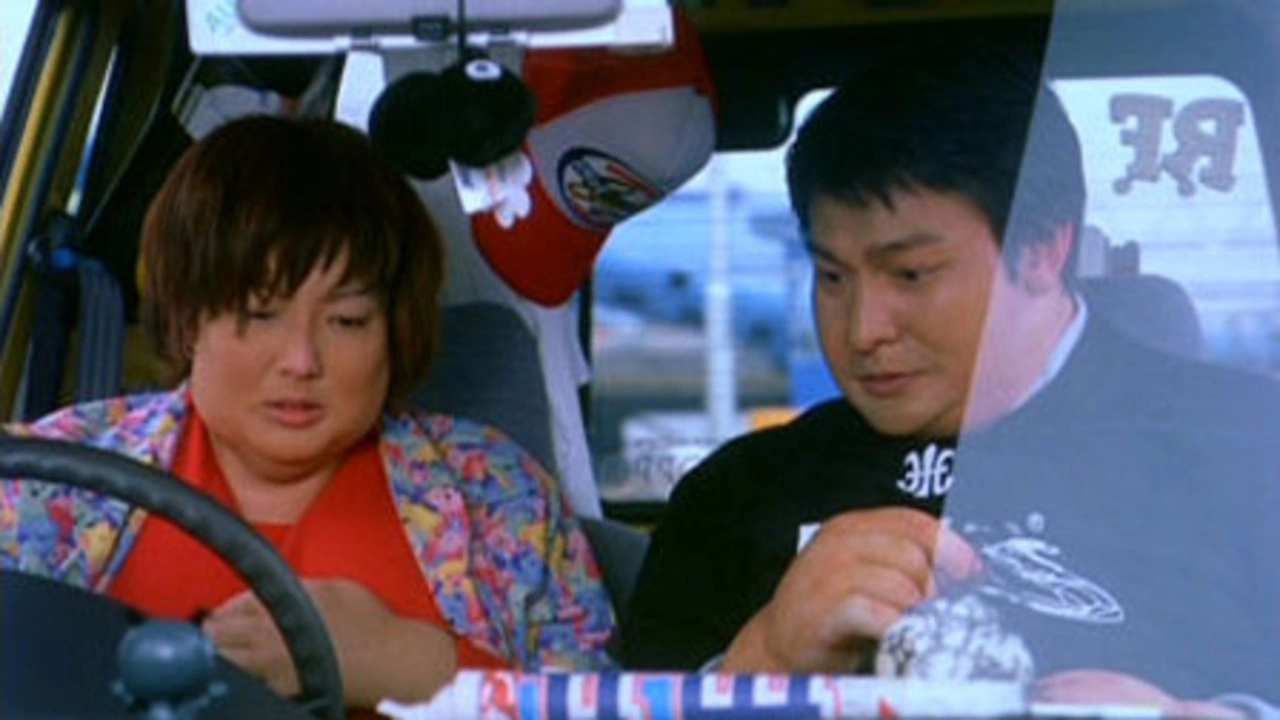
The fast-paced editing by Chi Kit Lau (“PTU” 2003) and colorful production design add a music video touch. Steven Tsang (“A Hero Never Dies” 1998) is responsible for costume design and, backed by a whole army of make-up and special effects artists, transforms Hong Kong's dream couple into oversized caricatures with unstoppable appetite. It is also one of the seldom movies in which Lam Suet (“Exiled” 2006) is not the thickest actor on screen. The veteran actor is joined by Wong Tin-Lam (“Election” 2005) as part of the companionship that advises Minni to get in shape again. In addition, To relies on a well-practised crew consisting of screenwriter Yau Nai-Hoi (“The Mission” 1999) and cinematographer Cheng Siu-Keung (“Drug War” 2012). Actors and crew symbolize the foundation of Johnnie To's production company Milkyway Image that produced the film. (Alexander Knoth)
Buy This Title



